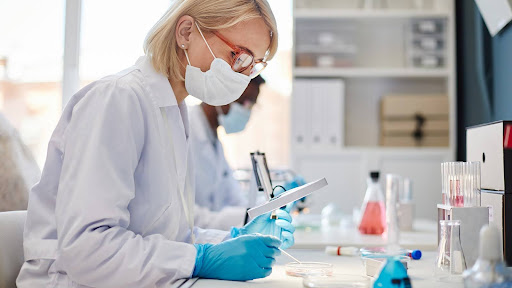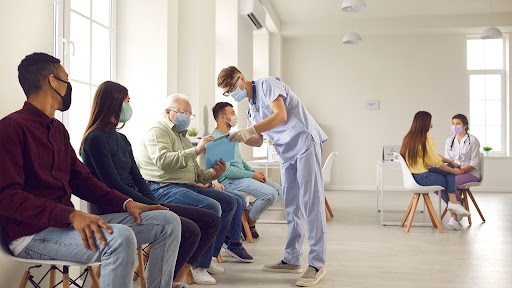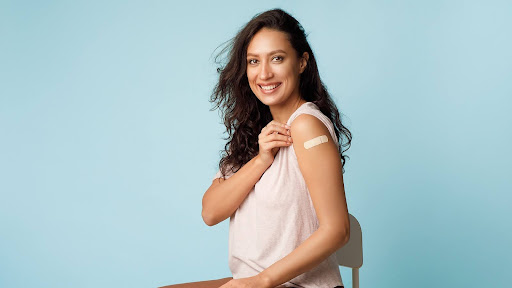The Development of Vaccines and Immunizations

Have you ever wondered just how vaccines are made? Vaccine development is a crucial yet complex journey involving several carefully defined phases to ensure that vaccines are safe and effective.
Vaccines are that help you build up defense to disease and germs by strengthening your immune systems.
The Center for Disease Control (CDC) defines vaccines as a stimulation to the body’s immune response against diseases. Vaccines can come in many forms such as an injection (shot), liquid, pill, or nasal spray.
Let’s take a journey into the development of vaccinations…
Research & Discovery
Scientists and researchers begin by exploring ideas for a new vaccine. They test man-made and natural ingredients in the lab to ensure safety and effectiveness. They also study how the infectious organism causes disease.
Proof of Concept
Researchers study the vaccine and may adjust its ingredients to improve its effectiveness. They focus on measuring how well it works against the disease and collect data based on observations. Their goal is to see if the vaccine triggers a strong defense in the body.
Clinical Trial
The clinical trial stage of a vaccine involves three phases and requires an investigational new drug (IND) application submitted to the FDA. This phase focuses on vaccine quality, safety, effectiveness, and potential side effects.
- Phase 1: The vaccine is given to a small group of volunteers to observe how it triggers an immune response and to assess short-term safety, such as soreness, fever, and muscle aches.
- Phase 2: A larger group of volunteers receives different doses. This phase tests safety and immune responses in a more diverse population, including a control group who receives a placebo.
- Phase 3: Thousands of volunteers participate, collecting critical data on safety and effectiveness. This phase compares those who received the vaccine to those with a placebo, monitoring side effects without revealing them to participants and researchers called blinds. The FDA also inspects the prospective manufacturing process and facility during this phase.
Manufacturing Process
The FDA inspects the manufacturing company and facility that processes the vaccine. The manufacturer creates batches called “lots,” which undergo tests for consistency. The FDA requires data from these tests and carefully evaluates the facility and operations to ensure compliance.

Approval
Before a vaccine can be approved, the manufacturer must submit a biological license application (BLA) to the FDA to get permission to distribute and market it in the U.S. The FDA evaluates the benefits and risks for the intended population and the diseases the vaccine aims to prevent. A team of experts, including doctors, chemists, and safety inspectors, collaboratively reviews all scientific data in the BLA to decide whether to approve the vaccine.
The BLA includes:
- Pre-clinical and clinical data
- Details about the manufacturing process
- Information about the manufacturing facility
Recommendations
The prescribing information for a vaccine comes from scientific data submitted in the BLA and approved by the FDA. This information outlines the vaccine’s uses, dosing, and administration and is updated as new data becomes available.
The Advisory Committee on Immunization Practices (ACIP) is a group of medical and public health experts that makes recommendations for vaccine use in the U.S., but only
for vaccines approved by the FDA.

Distribution
After a vaccine is released to the public, the CDC and FDA continue to monitor its safety and effectiveness, as well as the manufacturing process. They test for safety, purity, and potency. Ongoing surveillance is necessary to identify rare side effects or long-term issues and to monitor effectiveness, despite the thorough vaccine development and FDA evaluation process.
What We Do
© 2023 Gwinnett Coalition. All Rights Reserved
